Presence Over Predation: The Ethics of Seeing in Photography
- Ian Miller

- Jul 20
- 2 min read
Photography is often described as a way of seeing. But what kind of seeing do we practice when we raise the camera to our eye? Is it a gesture of presence—or a form of predation?
🧭 The Responsibility of Seeing
To photograph is to choose. To frame. To point. And in that act, we declare: this matters. But with that declaration comes responsibility. We are not neutral observers. We are witnesses. And sometimes, we are intruders.
The ethics of seeing begins with intention. Are we here to understand—or to extract? Are we honoring the moment—or consuming it?

🌿 Honour the Moment
Moments are not ours to own. They are gifts, offered by time, by trust, by proximity. To honor the moment is to resist the impulse to capture everything. It is to ask: Should I photograph this? Not just Can I?
Honoring the moment means:
Slowing down.
Listening before shooting.
Accepting that some things are meant to be remembered, not recorded.
🧘 Presence as an Ethical Stance
Presence is not passive. It is a form of ethical engagement. To be present is to be accountable—to the subject, to the context, to the consequences of our seeing.
Presence asks us to:
Be aware of power dynamics.
Recognize when our gaze becomes a form of control.
Choose restraint over spectacle.
🎭 Witness and Spectacle
Photography can bear witness. But it can also create spectacle. The difference lies in how we see—and why.
Witnessing is quiet, respectful, rooted in empathy.
Spectacle is loud, extractive, designed for attention.
When we photograph suffering, poverty, or vulnerability, we must ask: Are we amplifying truth—or exploiting pain?
🧠 Photography is Memory
Photographs are memory traces. They help us remember—but they also shape what we forget. What we choose to photograph becomes what we choose to preserve. And what we exclude becomes invisible.
Memory is not neutral. It is curated. And photography is one of its curators.
📜 Photography is Testimony
A photograph can testify. It can say: I was there. This happened. But testimony requires context. Without it, images can mislead, flatten, or distort.
To make photography a form of testimony, we must:
Pair images with stories.
Respect the voices of those photographed.
Avoid turning testimony into spectacle.
🤝 Photography is Trust—or Is It?
To be photographed is to be vulnerable. It is an act of trust. But that trust can be broken—by misrepresentation, by manipulation, by careless sharing.
As photographers, we must earn trust. And we must protect it.
Ask yourself:
Would I want this image made of me?
Have I considered how this image might be used—or misused?
Have I asked for consent—not just legally, but ethically?
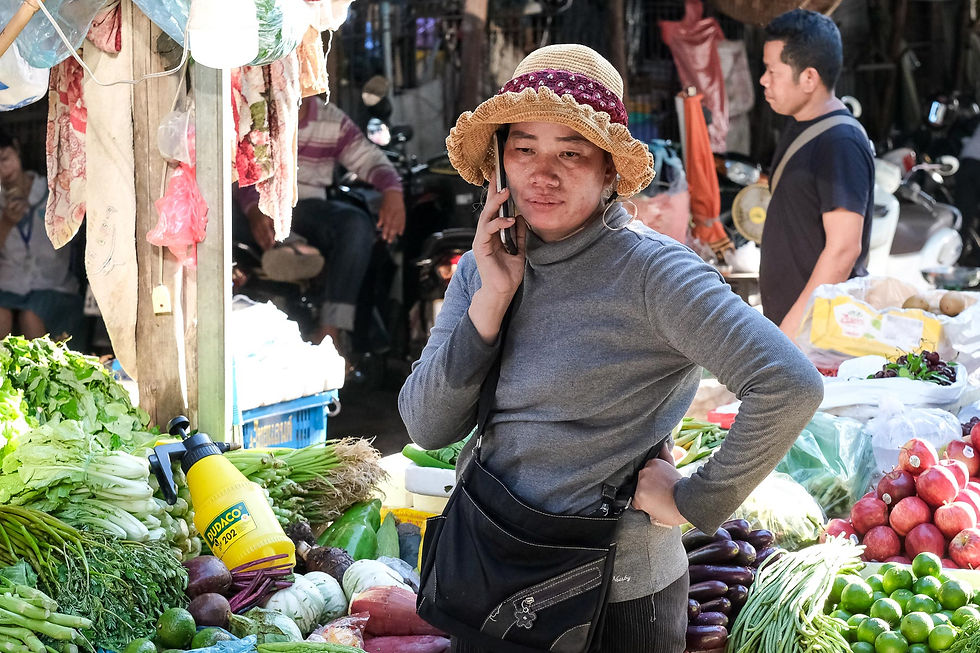
🧩 Closing Thoughts: Enoughness in the Frame
Photography is not just about what we see. It’s about how we see—and why. When we choose presence over predation, we choose to see with care. With humility. With enoughness.
Let our images be not trophies, but offerings. Not spectacles, but quiet testimonies. Let them honor the moment—and the people within it.


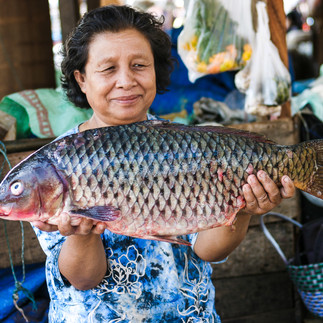
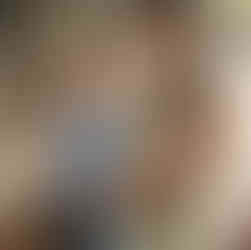








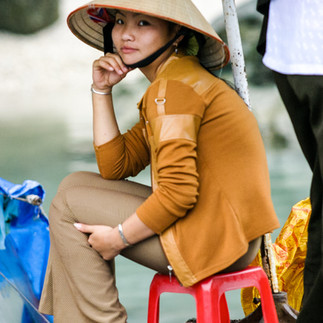
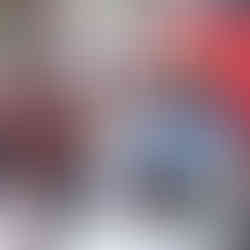




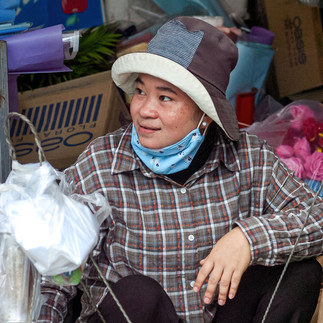












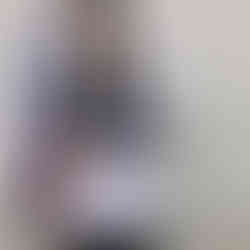










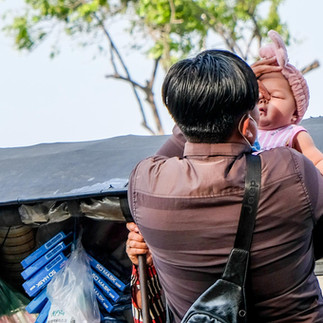


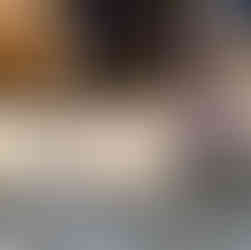


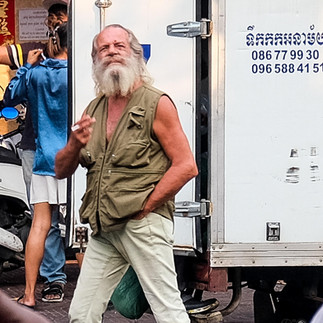



Comments